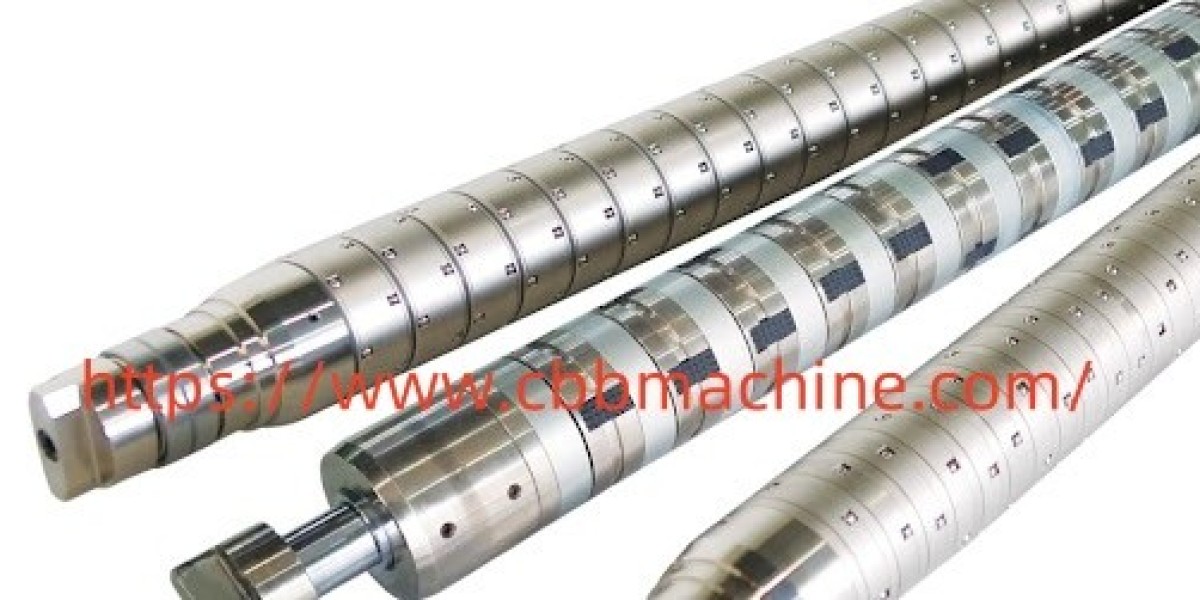In today's high-precision converting and slitting operations, the Differential Air Shaft stands out as a critical component for managing web tension across multi-reel winding systems. These advanced shafts are specially engineered to ensure even torque distribution, improve rewind accuracy, and reduce material waste across industries ranging from paper and film to textiles and foil.
When multiple rolls are wound simultaneously, slight variations in material thickness, web tension, or core diameter can lead to uneven winding. Without a proper differential mechanism in place, some rolls may become over-tensioned while others remain too loose—resulting in product defects or even line stoppages. The differential air shaft solves this issue by allowing individual slips between cores, enabling each roll to rewind at its own optimal tension.
Built with precision internal elements such as friction rings or ball lock mechanisms, differential shafts are pressurized using an internal air bladder. This air pressure generates friction between the shaft's core holders and the friction elements, dynamically adjusting torque in response to real-time production conditions. Unlike traditional shafts, this mechanism ensures each roll receives a consistent amount of winding tension regardless of external variations.
One of the major benefits is increased production speed without compromising quality. Since the differential air shaft continuously adapts to changing load conditions, machine operators spend less time monitoring tension settings or adjusting torque manually. This enables faster job changeovers, more reliable automation, and ultimately, higher throughput.
Another significant advantage is the reduction of material waste. With consistent winding tension, end products are neater and more uniform, eliminating the need to discard misaligned rolls or improperly wound materials. This not only boosts production efficiency but also aligns with growing environmental and sustainability standards across manufacturing sectors.
Furthermore, the modular design of many modern shafts makes them easier to maintain and customize. Components like friction pads or sleeves can be replaced individually without dismantling the entire shaft, reducing downtime and maintenance costs. Additionally, advanced models now feature lightweight construction materials such as aluminum alloys, helping to reduce strain on machine drives and further optimizing energy usage.
Industries transitioning to high-speed, multi-web slitting or rewinding systems increasingly rely on this type of shaft to maintain consistency and minimize operational risks. The shaft's compatibility with a wide range of core diameters, web widths, and materials also contributes to its adaptability and popularity across sectors.
Looking ahead, demand for precision winding technologies is expected to grow as production lines evolve toward full automation and digital control. Integrating shafts that offer responsive, real-time tension adjustment will be essential for manufacturers to remain competitive in both local and global markets.
To explore how these innovations in web handling can benefit your production line, visit https://www.cbbmachine.com/news/industry-news/differential-air-shafts-key-components-applications-benefits-and-more.html








